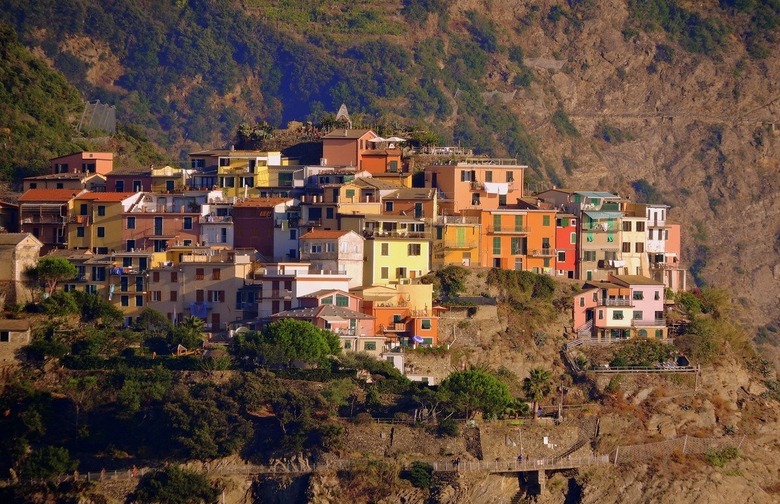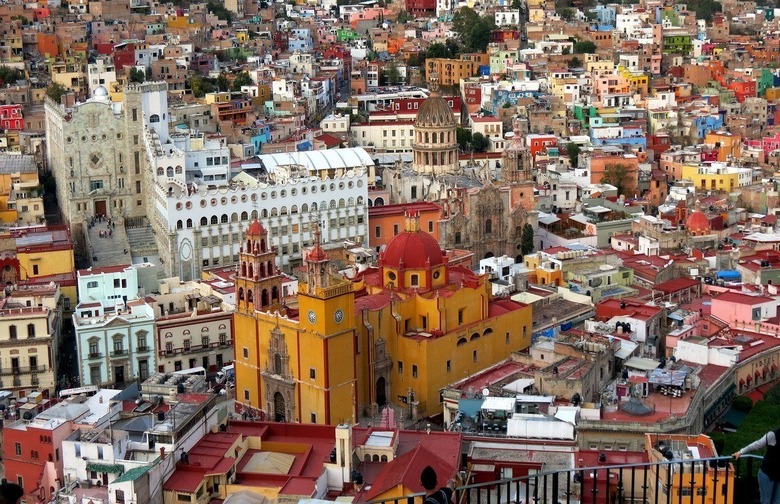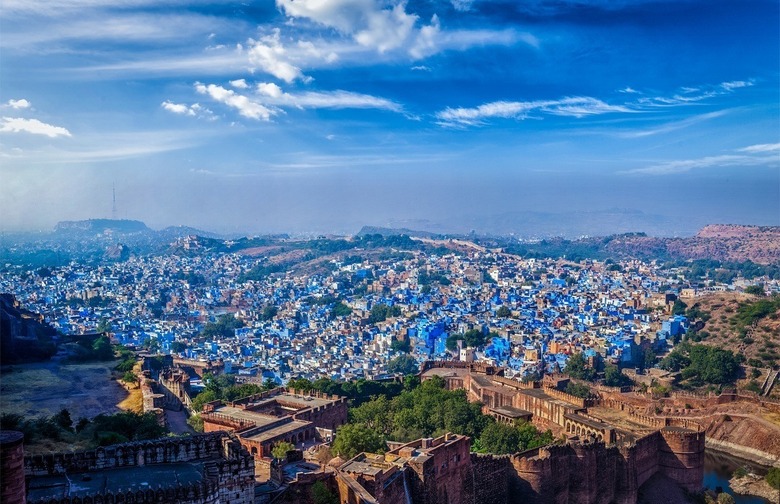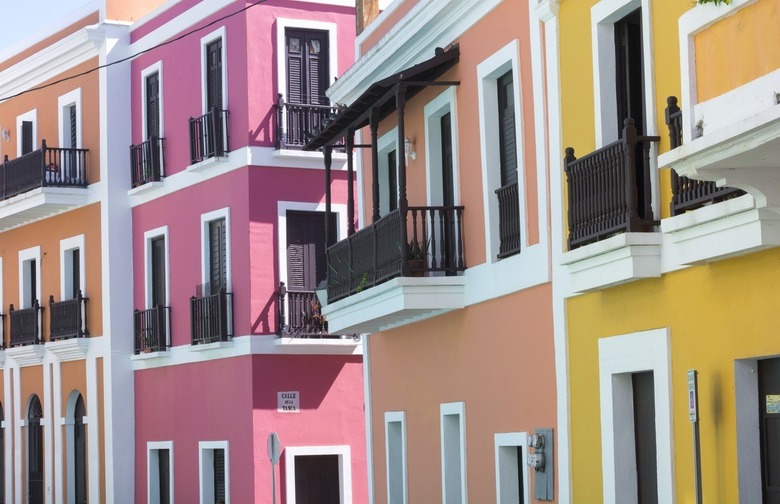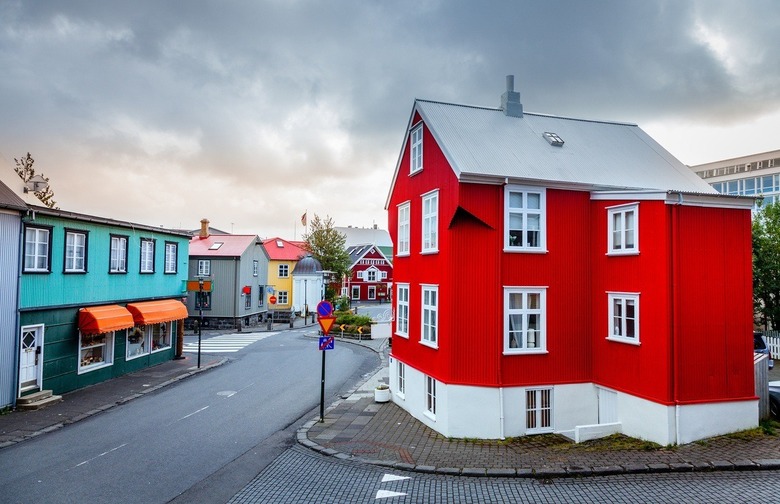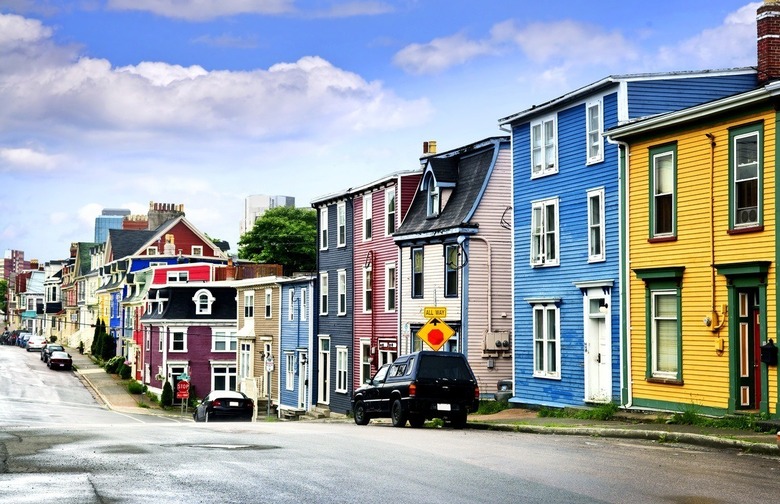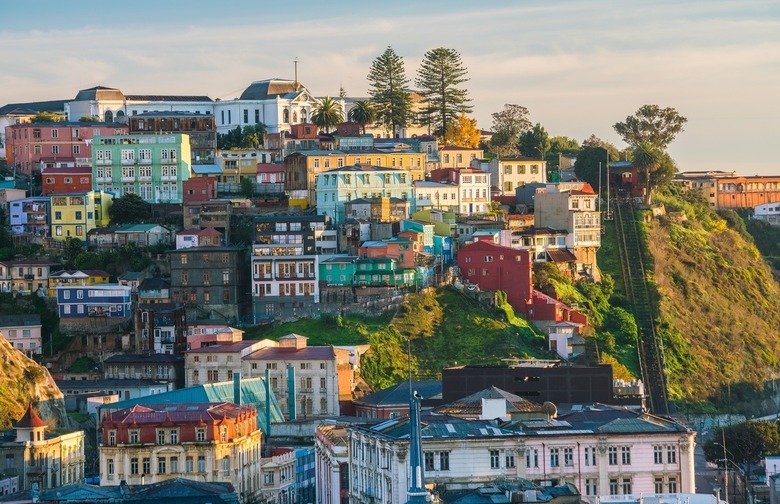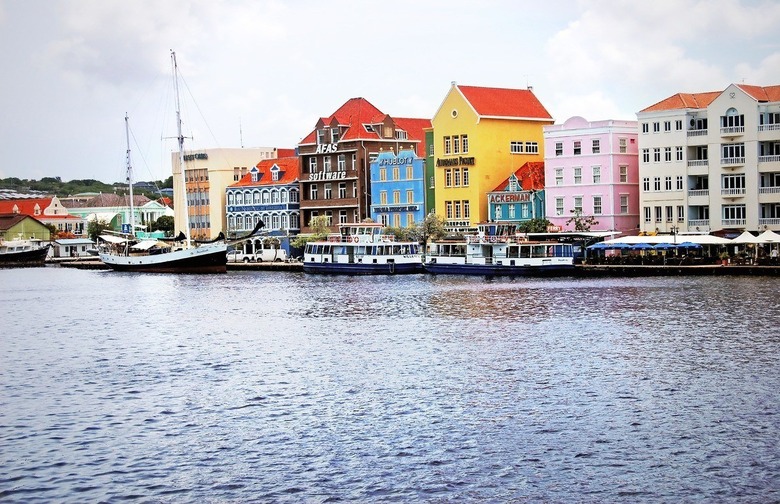8 Most Colorful Cities In The World (Slideshow)
Even if you've never been to or even heard of Cinque Terre, you've likely seen a photo of it somewhere. The town (actually five small villages, hence the name) is famous for its multicolored buildings piled onto a rounded hilltop that juts up against the Italian coast like a seaside snow cone. As if melting on a hot day, the colorful homes of this UNESCO World Heritage Site spill down the slide of the cliffs right up to the water's edge.
Click here to learn about a traditional wine that hails from Cinque Terre.
Guanajuato, Mexico
As if having a city of all different colors isn't eclectic enough, Guanajuato, Mexico, also has buildings in all types of configurations and sizes — including a few especially large structures in bright shades of blue, yellow, and red. Also, instead of being concentrated in one large group, Guanajuato's sandstone businesses, residences, and churches extend far into the distance — and would probably go even farther if it weren't for the pesky mountains that surround the outer limits.
Click here for the 25 best restaurants in all of Mexico for 2016.
Jodhpur, India
No, this isn't where the Smurfs live; it's the city of Jodhpur, the second-largest in the Indian state of Rajasthan. Centuries ago, the local priestly caste painted their homes indigo to differentiate themselves from the lower classes — until the rest of the city's citizens decided to follow suit. The result is a Jodhpur that's almost entirely blue, which can be quite fascinating to visiting tourists. Ask the locals for the story behind the hue, and in addition to the previous explanation, they may also suggest that blue repels mosquitos or keeps the homes from getting too warm under the hot sun. Either way, we think it's pretty cool.
Click here for how to make — and eat — an authentic Indian meal.
Old San Juan, Puerto Rico
It's difficult to find any photo — close-up or aerial — that doesn't show off the various colorful shades of Old San Juan, Puerto Rico. Heck, even the roads rock a cool blue hue. As a side note, the bricks that make up these roads were each shipped from Spain one by one in the sixteenth century. In order to preserve the historic infrastructure, the San Juan National Historic Site was established in 1949. In 1966, it was added to the National Register of Historic Places, and in 1983, it was declared a UNESCO World Heritage Site.
Click here for a few tips on eating like a local in San Juan.
Reykjavik, Iceland
Unlike a lot of the cities on this list, which are laid out in a hodgepodge buildings shuffled together in a seemingly unorganized mess, the Icelandic city of Reykjavik has its short, colorful structures lined up in neat little rows. From above, many shots of the city make it appear almost too perfect — like a little LEGO village. This isn't a fantasy, however, as Reykjavik truly appears this way in person. Don't believe us? Go see for yourself. After all, we previously named Iceland the hottest travel destination if 2016.
St. John’s, Newfoundland, Canada
Every aerial shot of St. John's in Newfoundland, Canada, looks like a paint-by-number masterpiece. And the brightly-hued dye-jobs aren't only limited to the city's low-rise heritage buildings, as the restaurants, shops, and other businesses also join in on the color palette party — especially in the famous "Jellybean Row" section of town. According to locals, the trend began when sailors from the coastal city wanted to easily be able to spot their homes from the water.
Valparaíso, Chile
There's a funicular (called an ascensore) in the city of Valparaíso, Chile, that ascends far above the buildings, the port, and the Pacific Ocean. Despite only costing about 50 cents, the transport provides spectacular views of the multicolored cityscape of Valparaíso, often called "The Jewel of the Pacific" for its improvised urban design and unique architecture. These same features also landed the city a UNESCO World Heritage Site declaration in 2003.
Click here to check out the 101 best restaurants in Latin America and the Caribbean for 2016.
Willemstad, Curaçao
When I first pitched this article, Willemstad was the city I was envisioning in my head. I had visited Curaçao on a cruise more than a decade ago and still distinctly remember the bright, multicolored houses that lined the waterfront and dotted the rest of the city. (According to popular belief, the colors were a result of early nineteenth century Governor-General Albert Kikkert who blamed his chronic migraines on the reflection of the bright sun on the town's formerly white buildings.) Not much has changed on this little island, as the city is still popping with paint and is still a UNESCO World Heritage Site thanks to the color and unique architecture in the city center.
Four Curaçao chefs reveal their secrets to eating healthy on the island.
